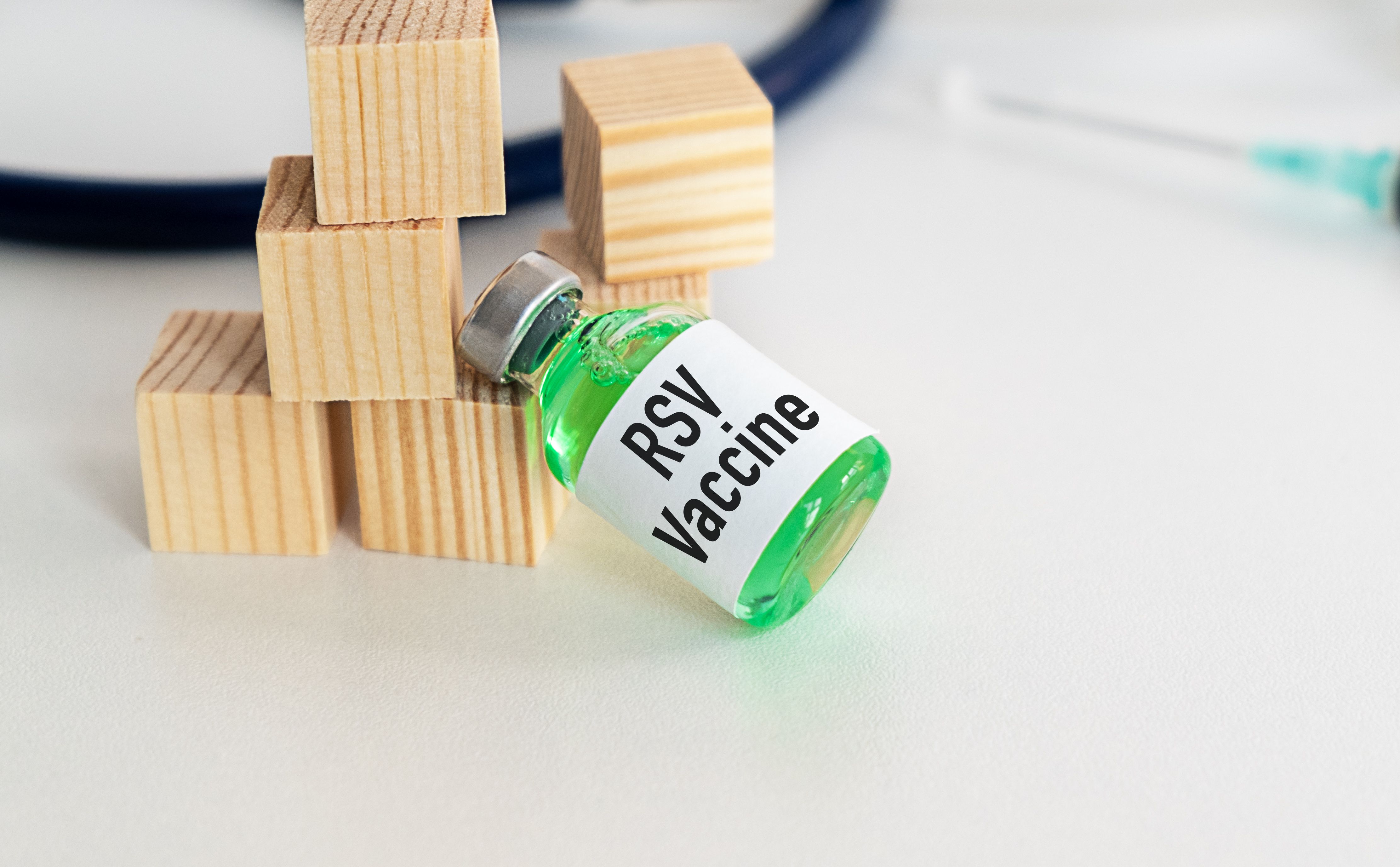Article
CDC Report Emphasizes Importance of Smoke-Free Policies on College Campuses
Author(s):
Smoke-free policies not only protect nonsmokers from secondhand smoke exposure, but they also reduce the social acceptability of smoking, help prevent youth and young adult smoking initiation, and increase smokers’ efforts to quit smoking. A recent report from the CDC assessed the importance and efficacy of smoke-free and tobacco-free policies among colleges and universities.
In the United States, cigarette smoking causes approximately 480,000 deaths annually, and nearly all cigarette smokers start smoking before the age of 26. A recent report from the CDC assessed the importance and efficacy of smoke-free and tobacco-free policies among colleges and universities in the United States.
The report explained that smoke-free policies protect nonsmokers from secondhand smoke exposure—about 41,000 deaths occur from secondhand smoke exposure each year. The policies also reduce the social acceptability of smoking, help prevent youth and young adult smoking initiation, and increase smokers’ efforts to quit smoking.
“Given that 99% of adult cigarette smokers first start smoking before age 26 years and many smokers transition to regular, daily use during young adulthood, colleges and universities represent an important venue for protecting students, faculty, staff members, and guests from secondhand smoke exposure through tobacco control policies,” the report said.
The CDC and the American Nonsmokers’ Rights Foundation (ANRF) sought to determine the number of campuses in the nation that completely prohibit smoking or both smoking and smokeless tobacco product use in all indoor and outdoor areas. They found that as of November 2017, at least 2082 US colleges and university campuses had smoke-free policies. Of these schools, 1743 (83.7%) were tobacco-free, 1658 (79.6%) specifically prohibited electronic cigarette (e-cigarette) use, and 854 (41.0%) specifically prohibited hookah smoking.
The report also evaluated specific university and college categories. The main results included:
- Among public campuses that were smoke-free: 1,375 (85.1%) were tobacco-free; 1,373 (85.0%) specifically prohibited e-cigarette use; and 692 (42.8%) specifically prohibited hookah smoking.
- Among private campuses that were smoke-free: 350 (78.1%) were tobacco-free; 282 (63.2%) specifically prohibited e-cigarette use; and 159 (35.5%) specifically prohibited hookah smoking.
- Among community college campuses that were smoke-free: 1,066 (88.2%) were tobacco-free; 1,018 (84.2%) specifically prohibited e-cigarette use; and 459 (38.0%) specifically prohibited hookah smoking.
- Among historically black colleges/universities that were smoke-free: 42 (72.4%) were tobacco-free; 37 (63.8%) specifically prohibited e-cigarette use; and 28 (48.3%) specifically prohibited hookah smoking.
- Among tribal campuses that were smoke-free: all 18 were tobacco-free; two (11.1%) specifically prohibited e-cigarette use; and three (16.7%) specifically prohibited hookah smoking.
“Smoke-free and tobacco-free campuses can promote the health and well-being of a diverse intersection of students, faculty, staff members, and guests by protecting nonusers from the harmful effects of secondhand tobacco product emissions, reducing the social acceptability of tobacco product use, preventing tobacco use initiation, and promoting cessation,” the report stated.
The report emphasized the need to continue monitoring, promoting, implementing, and enforcing smoke-free and tobacco-free policies in US colleges and universities in order to reduce the adverse effects.
Reference
Wang TW, Tynan MA, Hallett C, et al. Smoke-free and tobacco-free policies in colleges and universities—United States and territories, 2017. MMWR Morb Mortal Wkly Rep. 2018;67:686—689. doi: http://dx.doi.org/10.15585/mmwr.mm6724a4.





